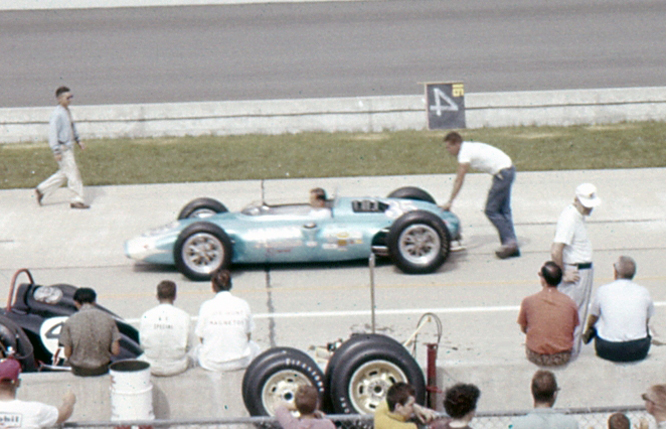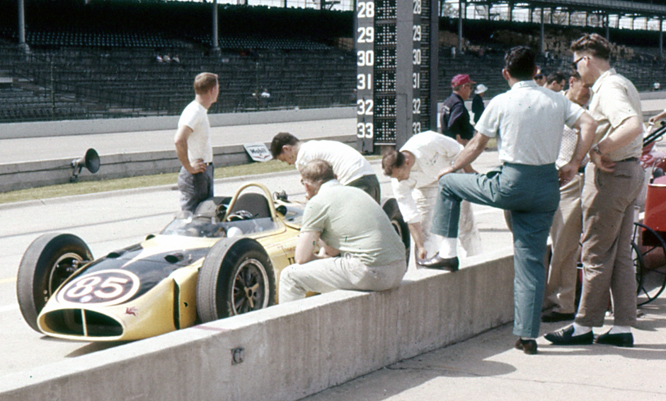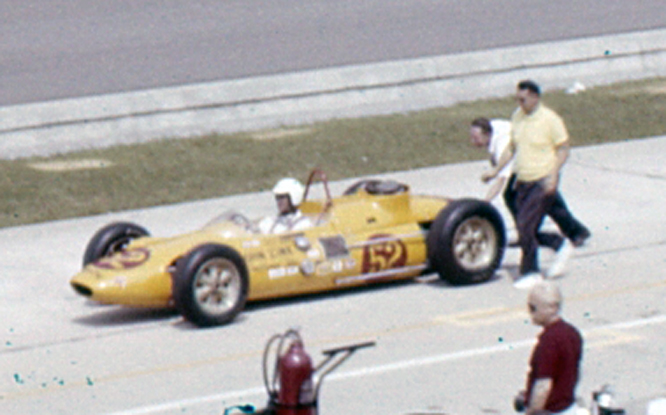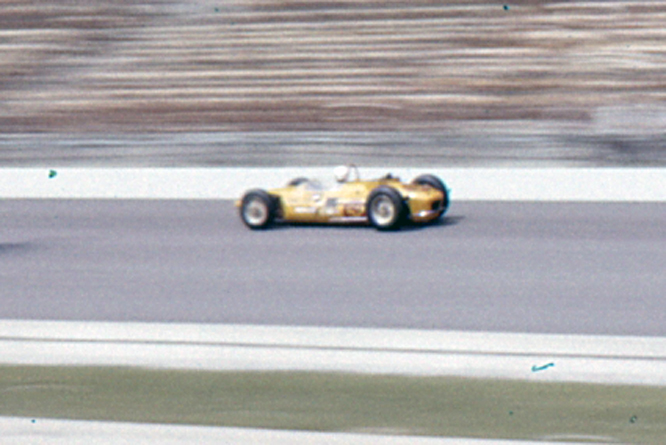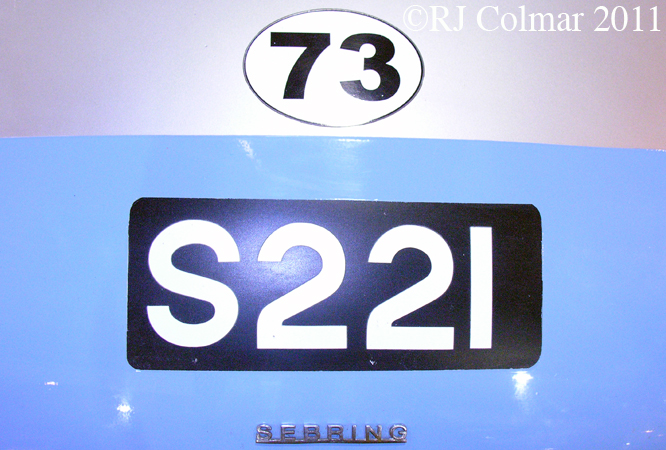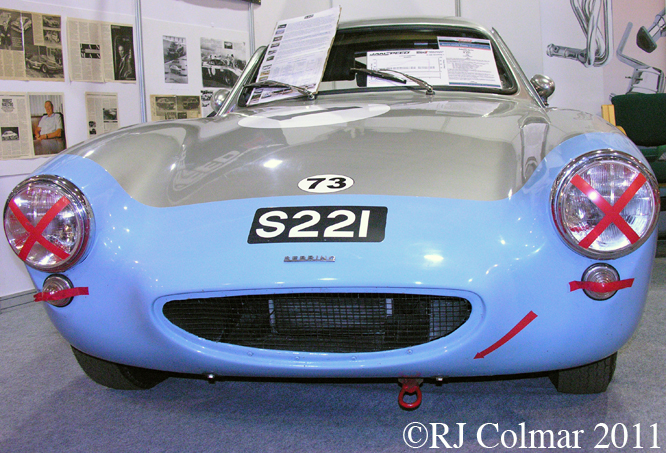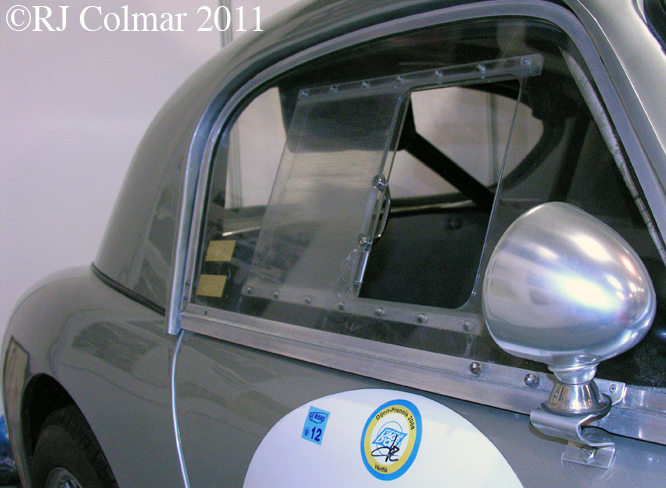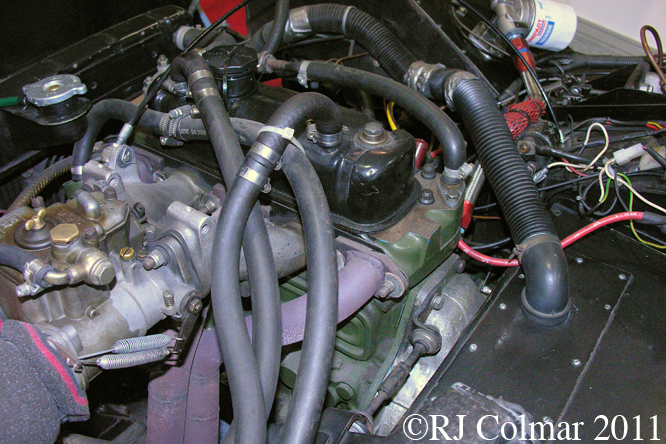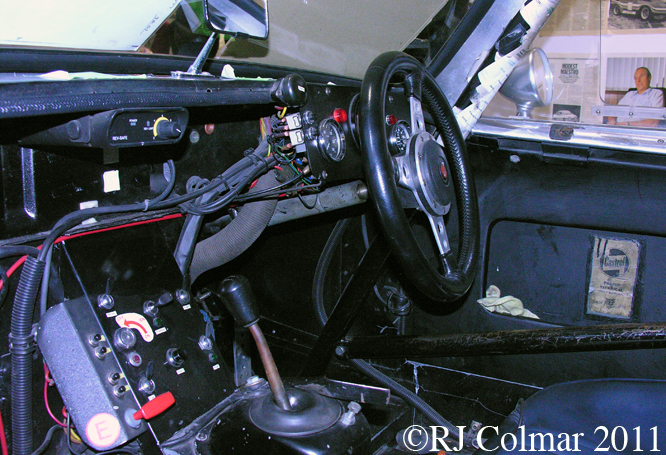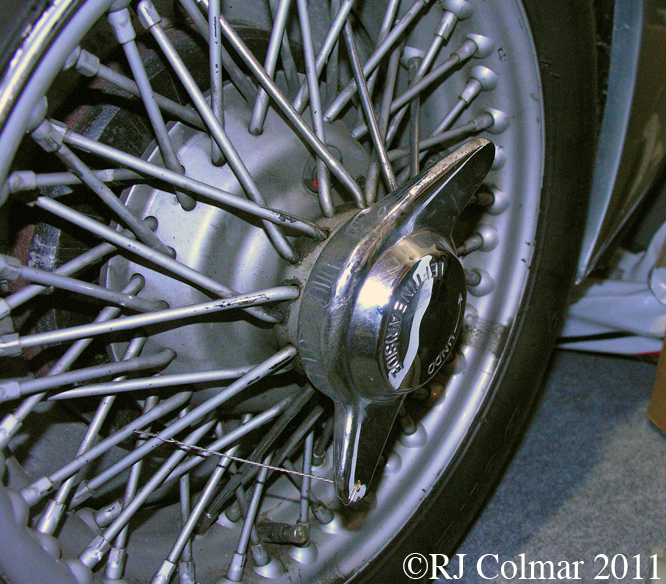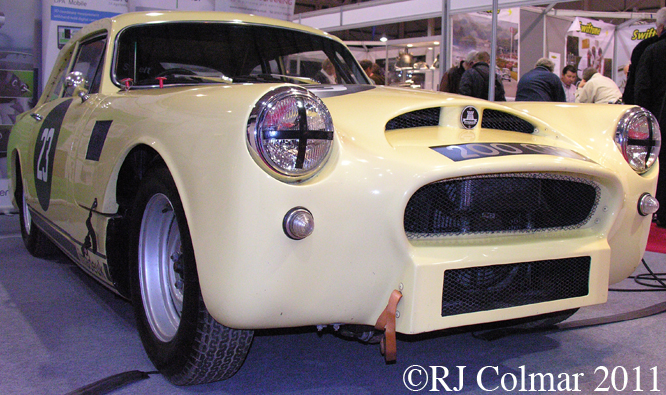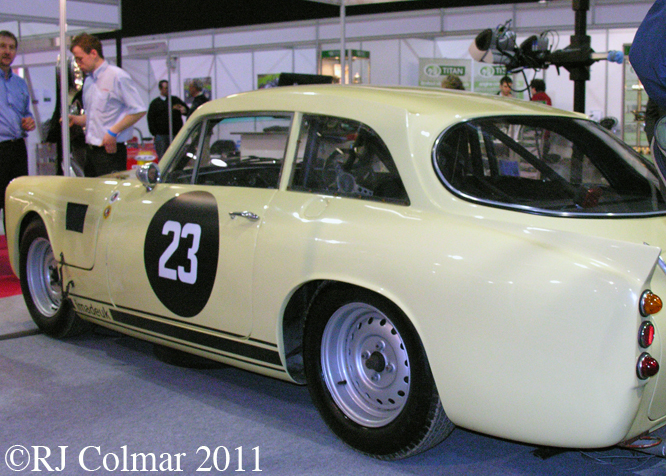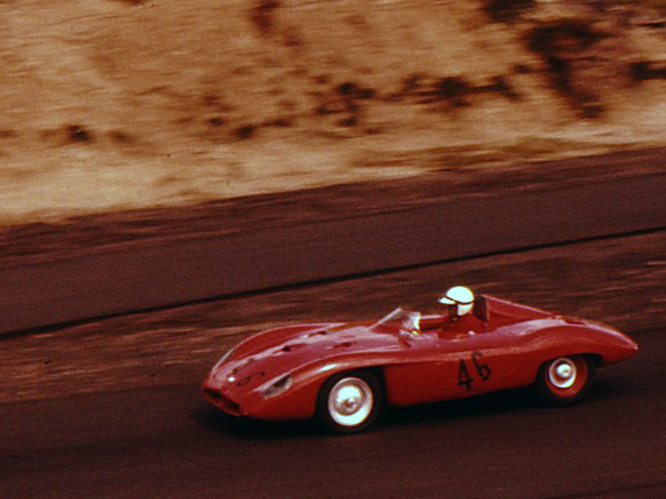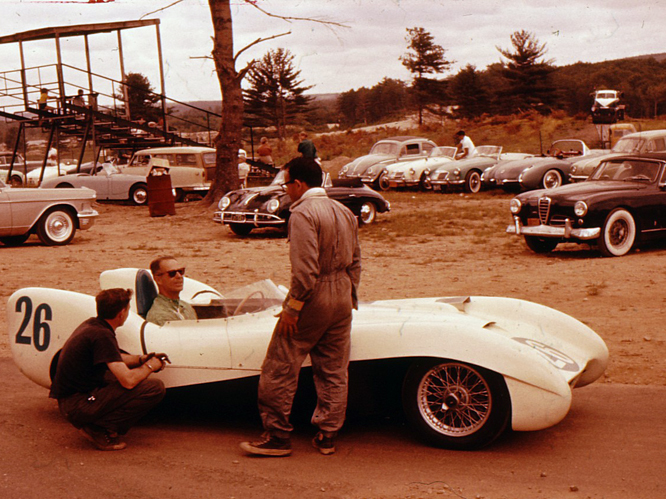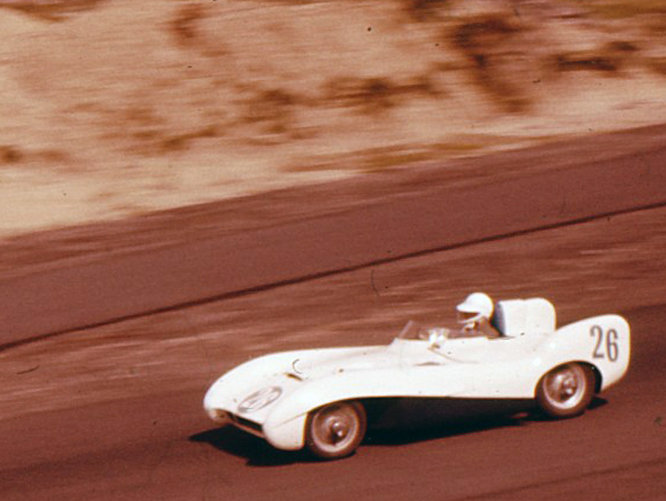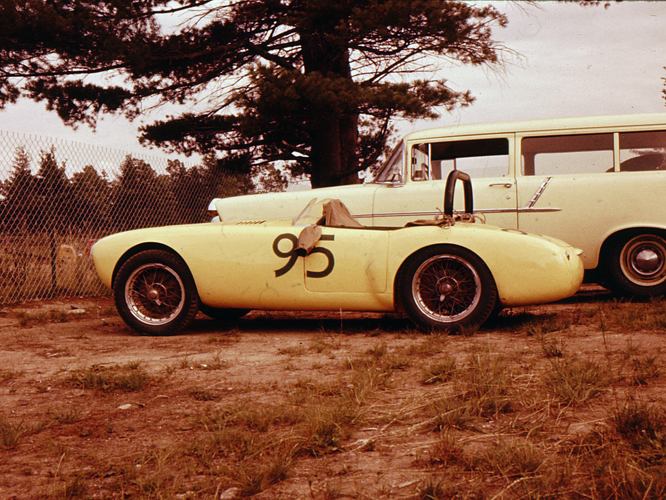In 1961 legendary American speed king Mickey Thompson employed british Dolphin Engineering designer John Crosthwaite to design and build three challengers for the 1962 Indianapolis 500.
Aided by Fritz Voigt and his crew the challengers were transformed from blank sheet of paper into drawings and three complete cars in just 120 days.
(Photo by Ed Arnaudin)
Dan Gurney, possibly seen sitting in the vehicle above, had a lot riding on the 1962 Indy 500, at his own expense he invited Colin Chapman the genius behind Lotus Cars over to see the 1962 Indy 500 with a view to getting a deal done for Lotus to hook up with Ford and himself for a proper shot at the 500 in 1963.
Whatever else happened in 1962 Dan had to look good. Dan had originally agreed to drive the gas turbine powered #52 John Zink Trackburner, however the characteristics of the power plant did not sit comfortably with Dan who was racing on an oval for the first time, so he switched to drive Mickey Thompsons all aluminium Buick V8 stock block powered #34 Thompson instead.
Dan made a wise move, qualifying 8th and retiring with a seized rear end in 20th, the move looked doubly good for Dan when one of two drivers who drove the #52 John Zink Trackburner after Dan had left, veteran Bill Cheesbourg, followed Dan and drove the #35 Harvey Aluminium Special also a Thompson – Buick.
Cheesbourg like the previous incumbent Chuck Daigh failed to qualify the #35.
A third #33 Thompson Buick, belonging to Jim Kimberly, who the year earlier had owned and run the Kimberly Cooper Climax, was driven by Porky Rachwitz, Jack Fairman who both failed to qualify.
(Photo by Ed Arnaudin)
For 1963 Thompson took four cars to Indianapolis all now powered by Chevrolet stock blocks, the # 85 shown here with, possibly Micky Thompson standing on the extreme right behind the pit wall, is one of the original 1962 cars, driven in 1963 by Bill Cheesbourg until he wrecked the car in practice before qualifying had even started.
Cheesbourg who seems to have made a career out of driving novel designs at Indy failed to qualify a conventional #27 Watson for the race in 1963 while the #85 is not recorded as having taken any further part in the ’63 race after it was wrecked.
My thanks to Steve Arnaudin who kindly scanned his Dad’s photo’s for me to share and to Tom, FB84, Michael, Jim, EB, Amphicar, Tim and Tom G over at TNF who have helped me identify the cars and stories attached to them.
Hope you have enjoyed today’s Stock Block edition of ‘Gettin’ a lil psyco on tyres’ and that you will join me again tomorrow. Don’t forget to come back now !

